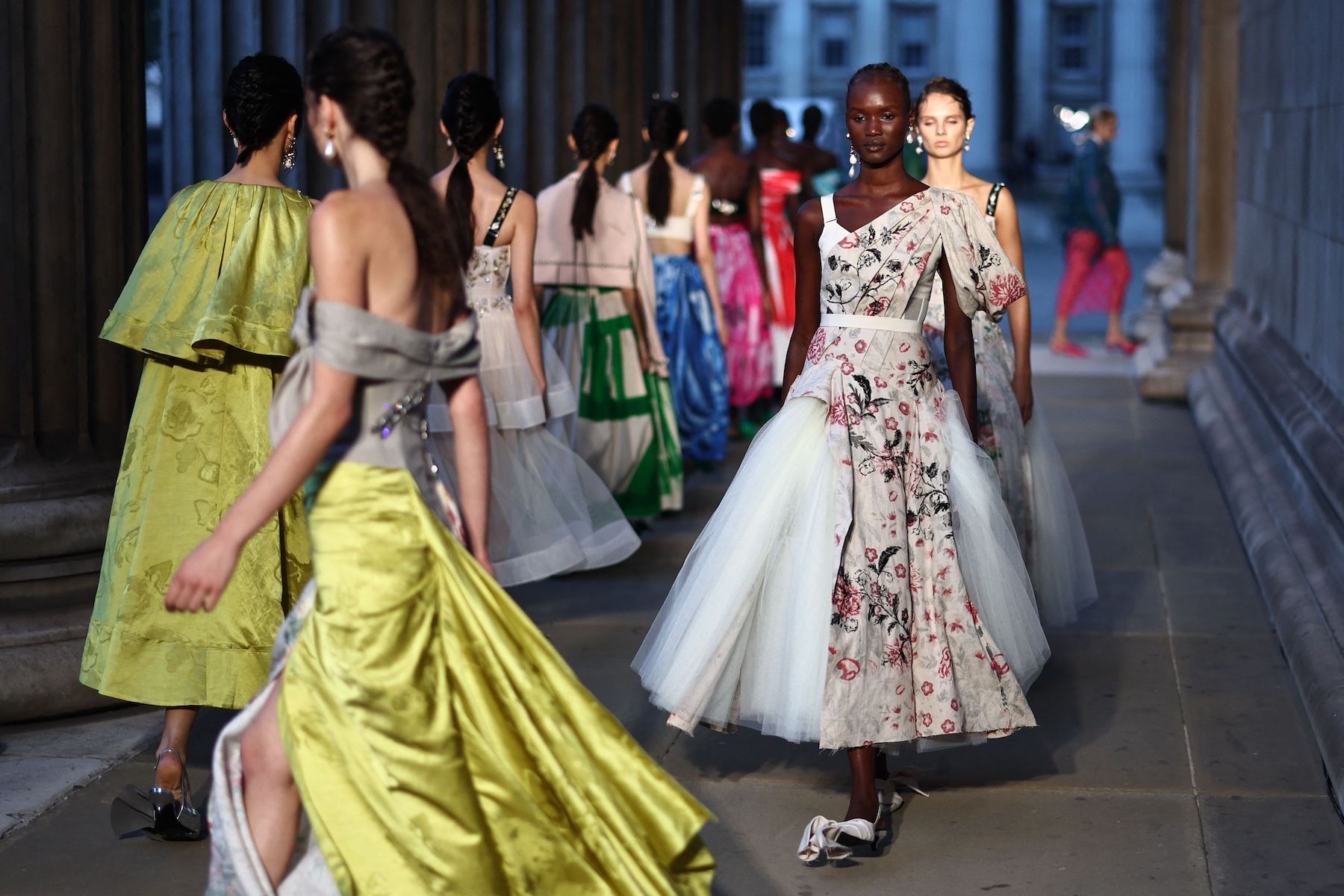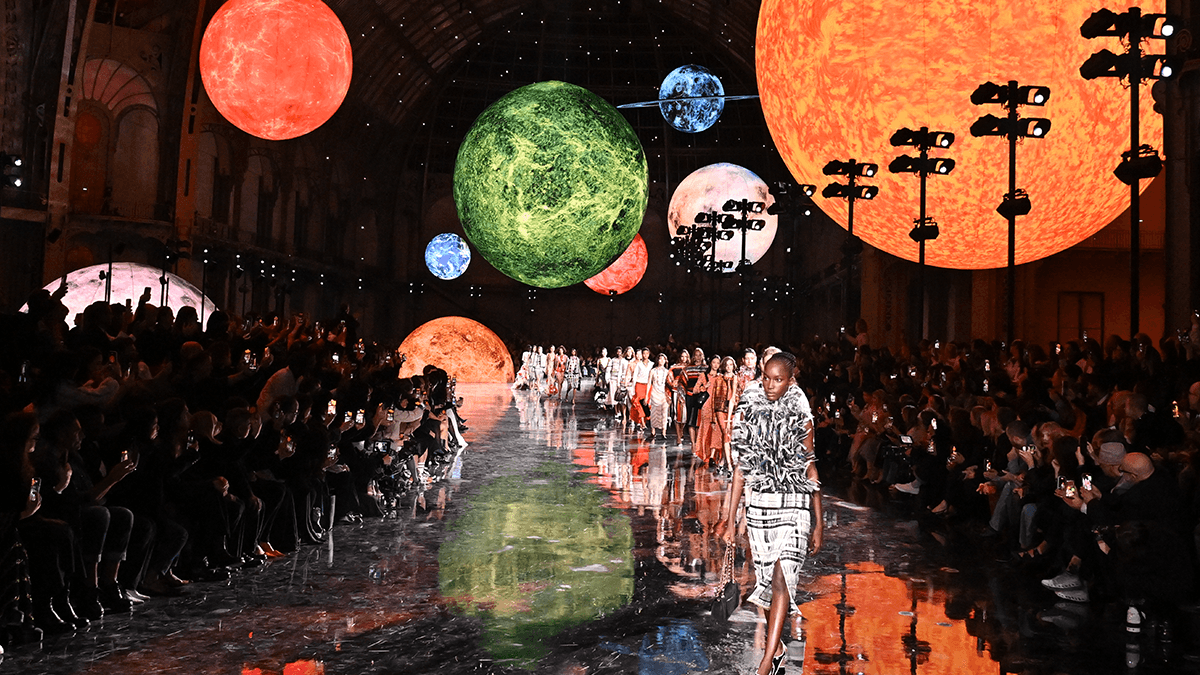This week, Erdem and Rizzoli release a monograph titled Erdem, the first book to celebrate one of London’s most enduring and beloved independent fashion brands. Its publication kicks off a milestone 20th anniversary year for the brand, which will also shortly see the opening of a new Chelsea boutique on Sloane Street.
The book, described by the titular designer as ‘more of a manifesto than a retrospective’, takes readers on a journey through two decades of collections, and into the inspirations and references that have shaped Canada-born Erdem Moralıoğlu’s visual world. With photographic and written contributions from the likes of Alasdair McLellan, Juergen Teller, Christian Lacroix, Glenn Close, Inez & Vinoodh and more, the pages are heavy with history, romance, and poetry – the intoxicating house signatures familiar to the brand’s loyal followers.
Erdem Moralıoğlu on 20 years in fashion
In between his lauded S/S 2026 show at the British Museum during London Fashion Week and heading off to the Paris showroom, Erdem caught up with Wallpaper* from in front of an enormous bookshelf in his studio, absolutely stacked with volumes. One suspects he has devoured them all, from cover to cover, such is his insatiable thirst for storytelling.
Wallpaper*: Congratulations on 20 years in business! There’s a quote from you in the press release that says, ‘Fashion, to me, has always been a way to tell stories’. Has the story you want to tell now changed much from 20 years ago?
Erdem Moralıoğlu: The stories I’m interested in have always been about capturing a moment in time. For example, for S/S 2019, I did a collection celebrating the 19th-century performers Fanny [Frederick Park] and Stella [Ernest Boulton], who in today’s language would be called non-binary. For me, it was an interesting way to reflect on a lot of the discourse around gender identity that was happening in that moment. That approach has been quite consistent for me – taking stories from the past as a lens to consider the present – but I think the things I want to talk about have probably changed as I’ve evolved as a person.
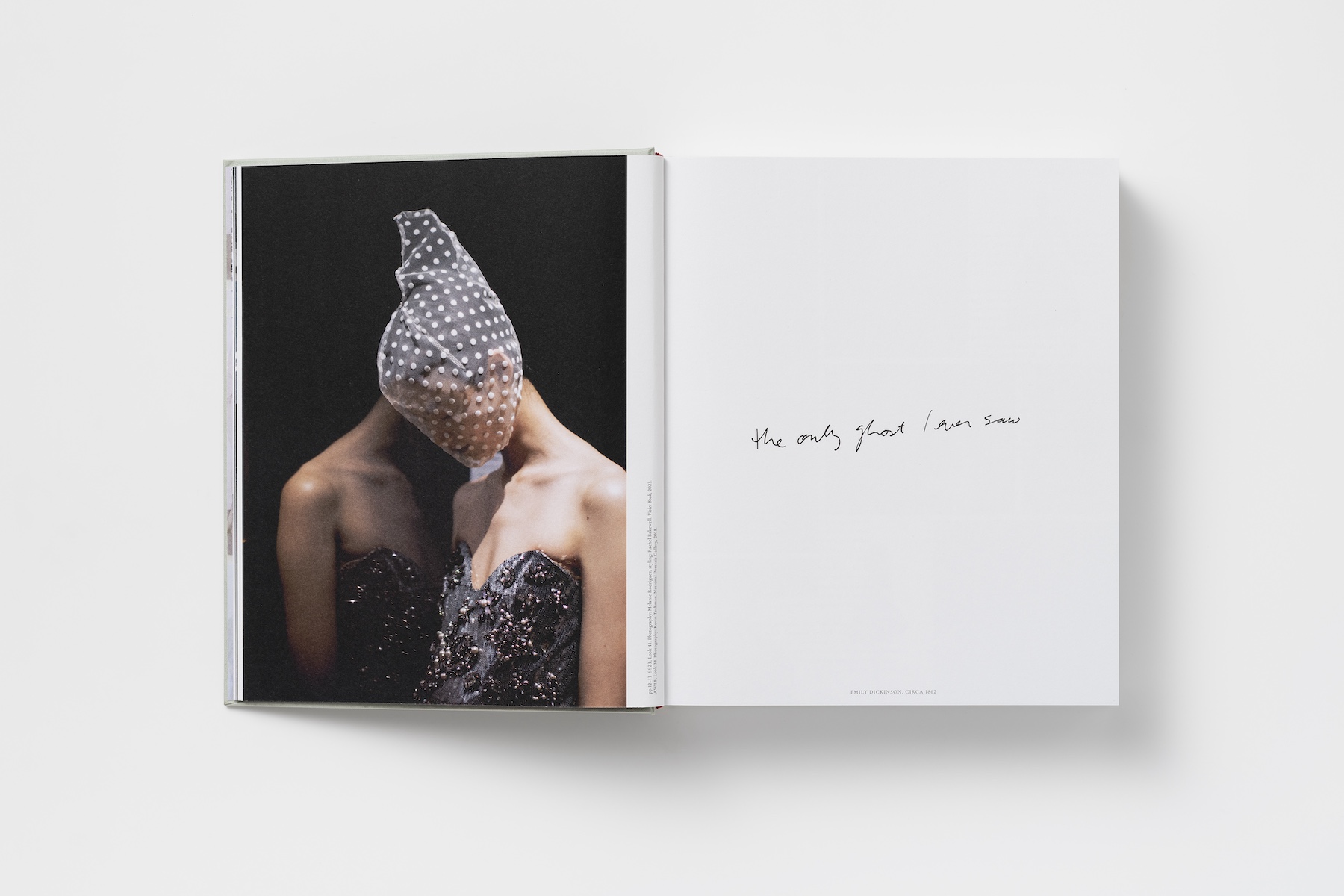
(Image credit: Courtesy of Erdem)
W*: And how do you feel the Erdem woman has evolved in these two decades?
EM: She’s expanded. I was most interested at the beginning in these very special pieces that she was wearing to an event, but maybe I wasn’t thinking so much about her at, say, the moment she wakes up in the morning. What does she want to wear when she’s relaxing? I care more about those things now. Her world has gotten bigger. And maybe she’s become lots of different women, rather than this one rigid idea.
W*: I love the idea of an ‘anti-muse’, which is the subject of Dr Maria Balshaw’s essay in the book. What does this phrase convey to you?
EM: Well, I suppose it speaks to this idea that not every collection comes from a place of ‘pretty’, but actually something a bit more interesting and complicated. For S/S 2025, I was thinking a lot about Radclyffe Hall, so the result was this collection that really explored tensions and accords between the masculine and feminine. With S/S 2024, my focus was on Debo Mitford – the late Duchess of Devonshire – who was obviously this high-society figure, but really the collection was more about the idea of inheritance. And actually Debo’s great-granddaughter Cecily was doing [an internship] in the atelier at the time, and was embroidering these curtains from the family seat at Chatsworth, which we used for one of the dresses – a beautiful manifestation of this concept of inheritance.
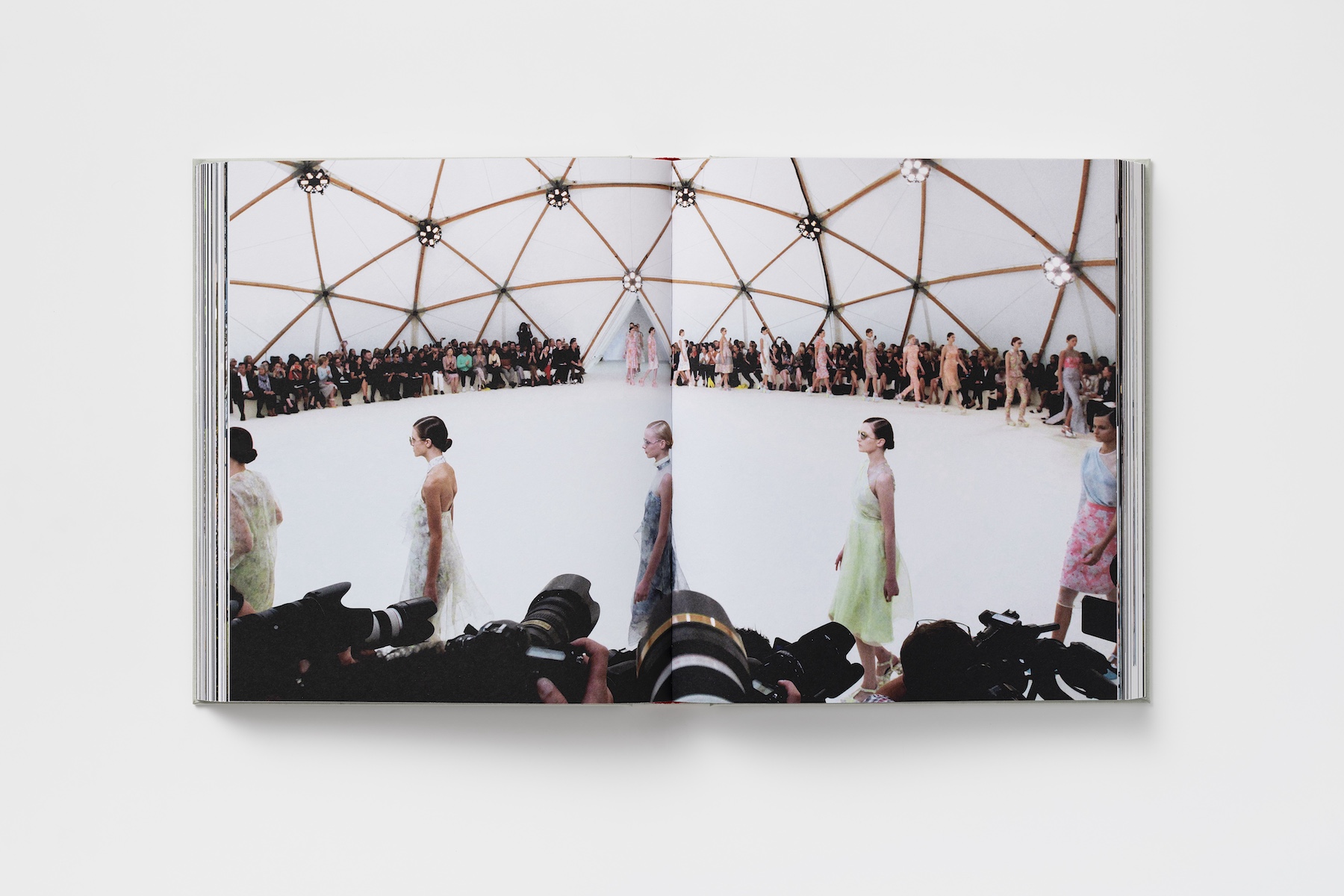
(Image credit: Courtesy of Erdem)
W*: In Anna Wintour’s introduction to the book, she mentions your preoccupation with the ‘aesthetic foibles and fancies’ of Britain. What does this mean to you?
EM: If I had to summarise it, it would be ‘the perfect imperfect’. Something that’s never quite totally right. You know, a gown worn with brogues.
W*: When compiling this book, was there a moment or memory that provoked a particularly strong emotional reaction in you?
EM: Oh yes, looking back at the early days. Reflecting on my childhood, coming over [from Canada] to study at the Royal College of Art, my graduate collection, starting out at London Fashion Week and thinking about all the people I showed with then and looking at where they are now – that sense of time. Everything’s changed and yet nothing has – it feels like five minutes ago. It was interesting to look back and realise I’m still the same person as I was.
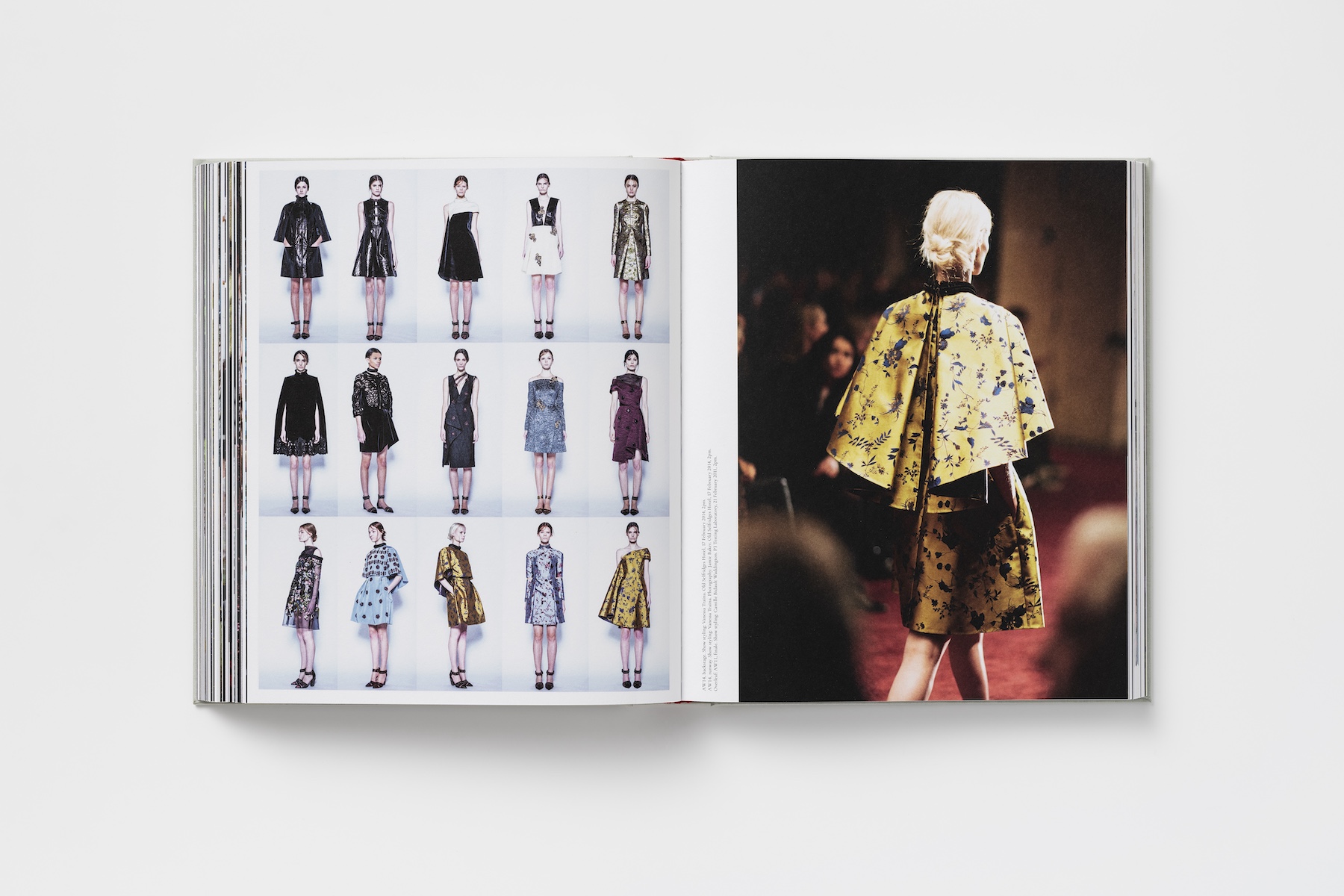
(Image credit: Courtesy of Erdem)
W*: We’ve talked a lot about women, but in the book, Ib Kamara references ‘the Erdem man’ – who is this to you?
EM: I think Ib said that because he’s a total romantic, which is exactly what the Erdem man embodies!
W*: As someone with a deep love of history, how do you keep one eye on the present and future?
EM: I think by using my love of the past as a tool, or a trigger, rather than something to be restricted by. I love the idea that it can take you anywhere, and that by looking backward you can find the inspiration to create something which looks forward – which is what fashion ought to do.
Erdem, published by Rizzoli, is out now. Available from Waterstone’s and Barnes and Noble.
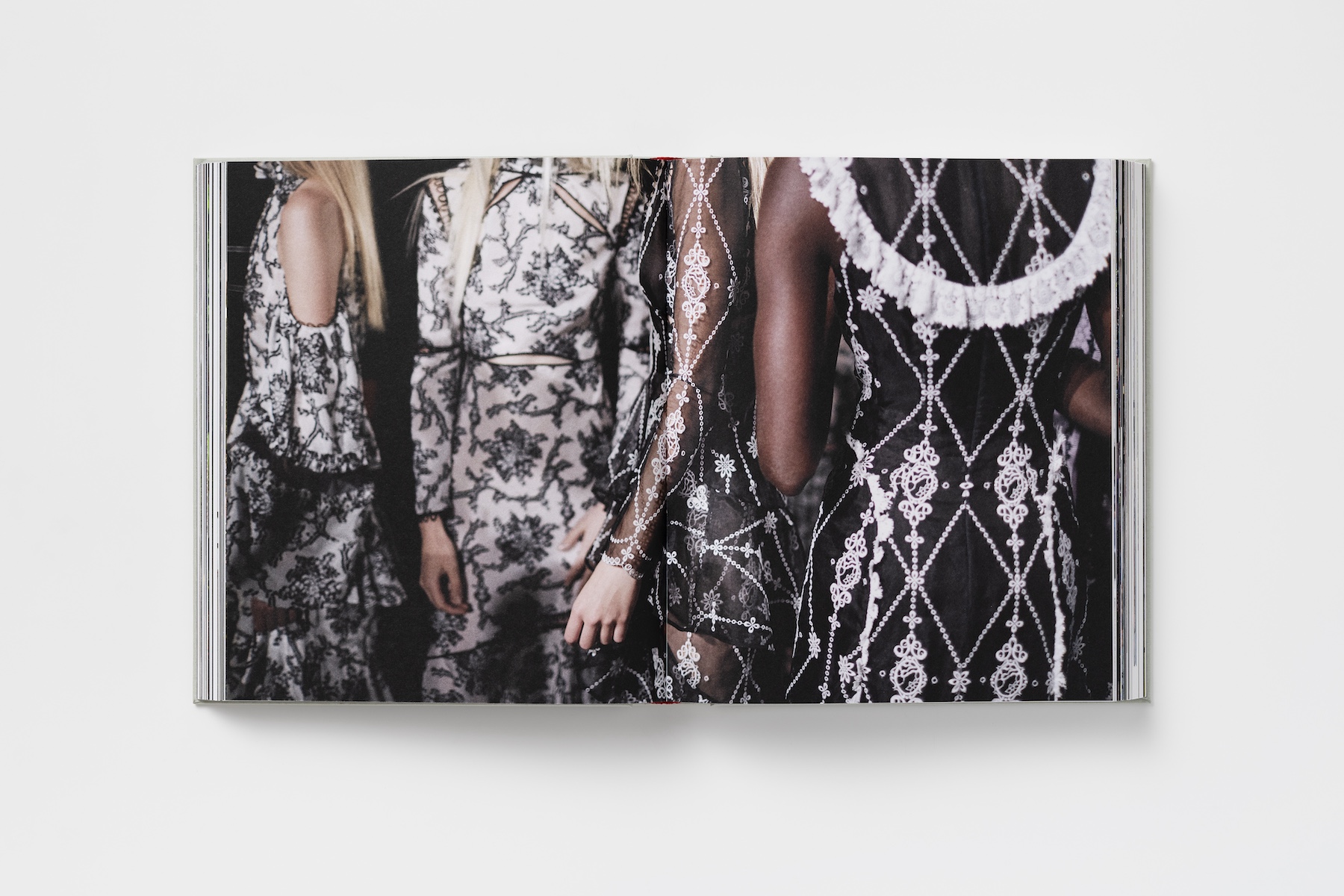
(Image credit: Courtesy of Erdem)
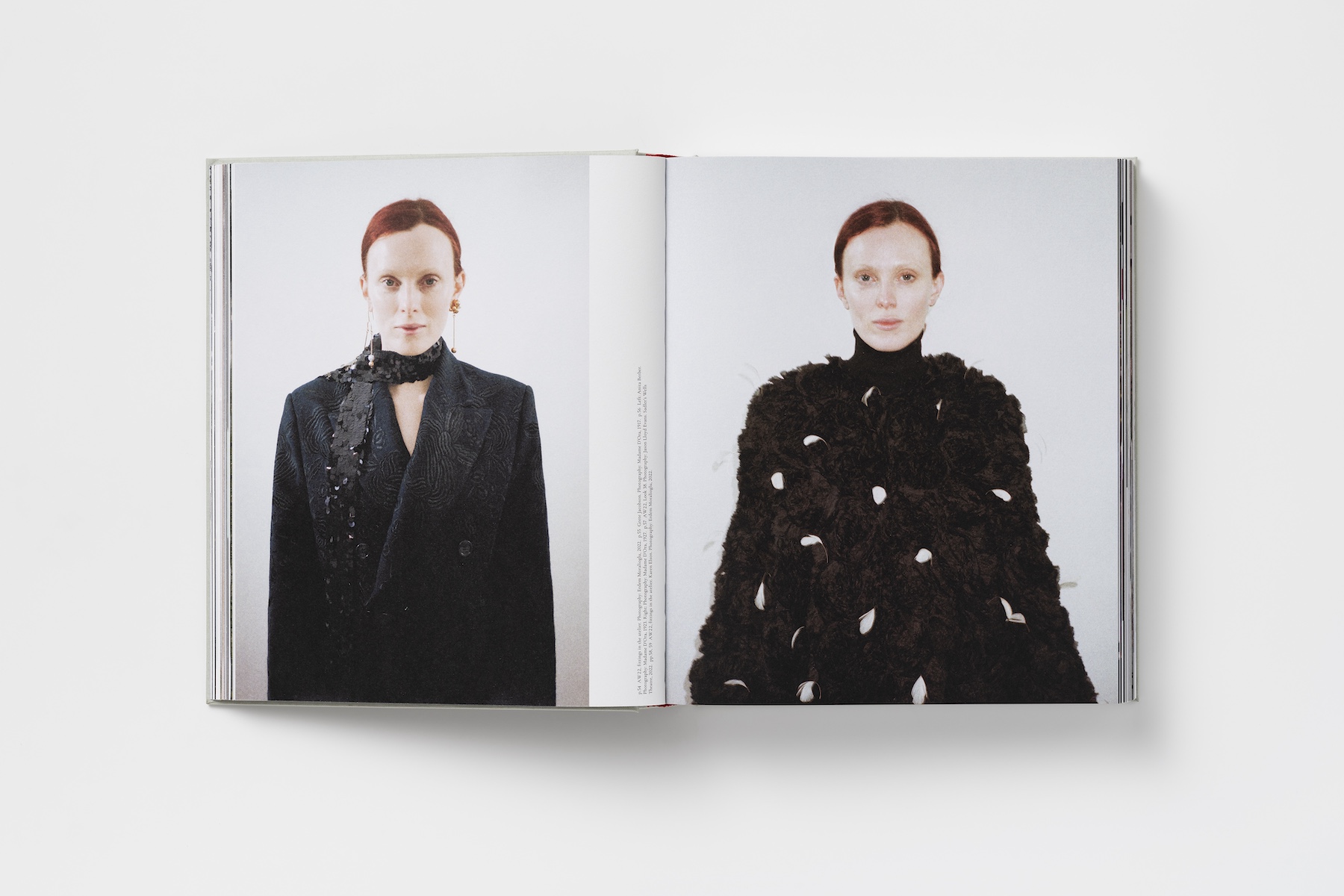
(Image credit: Courtesy of Erdem)
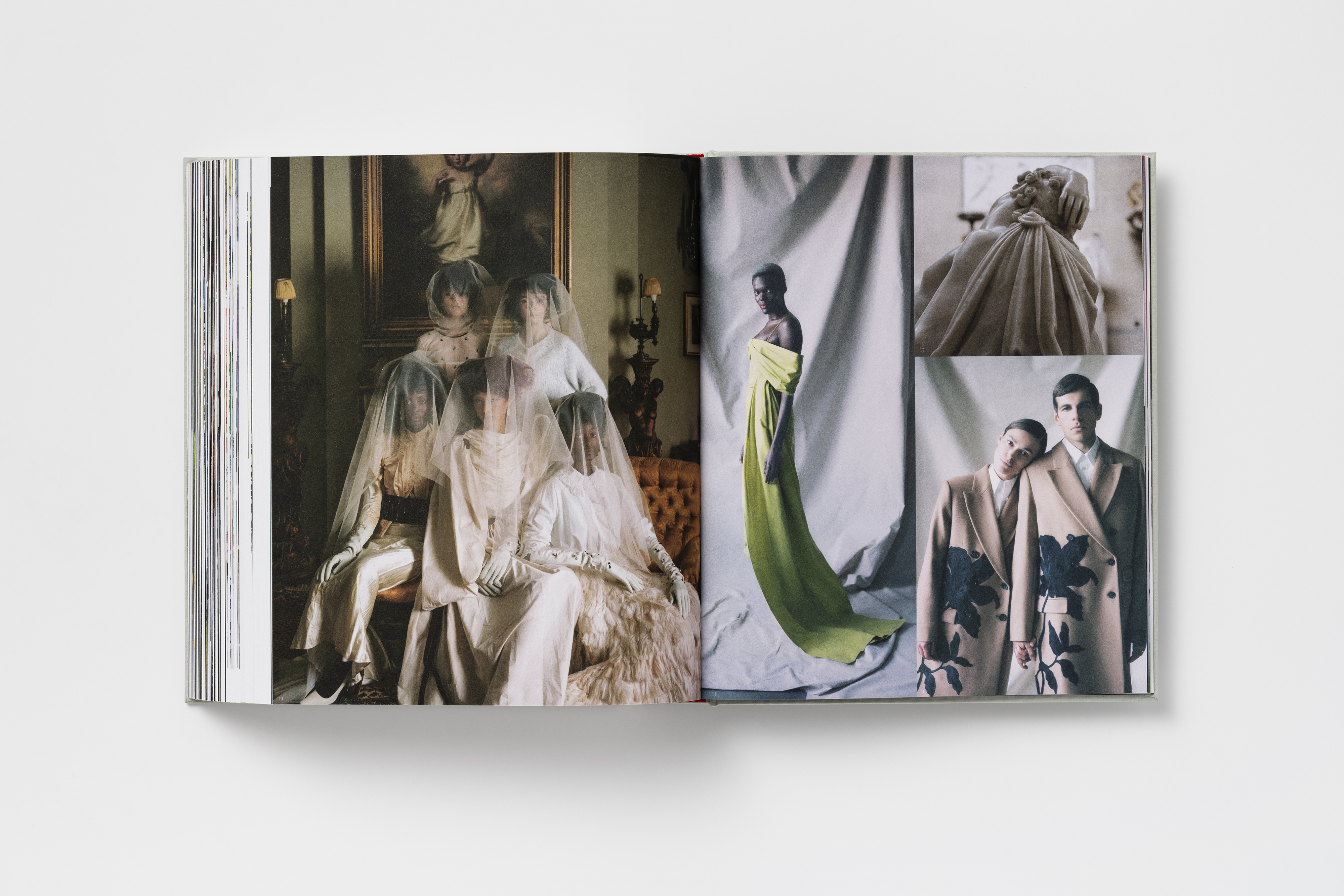
(Image credit: Courtesy of Erdem)
